This is the information given by experts, scientists and breeders at the workshop "Reducing crude protein ratio in pig feed rations - one impact, many benefits", organized by the Livestock Science and Technology Journal (Vietnam Livestock Association) on the morning of October 31.
Multiple benefits of crude protein reduction
Livestock is one of the sectors that directly and significantly affects the issue of greenhouse gas emissions, the cause of global climate change. Controlling greenhouse gas emissions in livestock has been pointed out by scientists for a long time and is being encouraged by many countries and will gradually require livestock farmers to include it in the control content.
Factors affecting emissions in livestock farming include the use of electricity and energy in feed processing plants; the use of electricity and energy in livestock farming, hatching... The process of respiration, digestion and waste of livestock. This is the biggest factor causing the greenhouse gas effect in livestock farming, especially in raising grass-fed cattle, followed by pig farming.
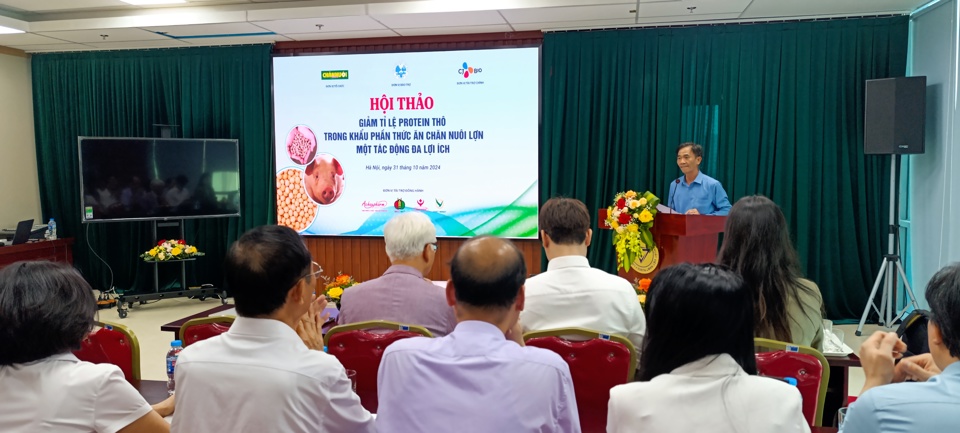
Vice President of the Vietnam Animal Husbandry Association and Editor-in-Chief of the Animal Husbandry Science and Technology Magazine Nguyen Ngoc Son said: as of the end of June 2024, the total pig herd in the country was 25.549 million, of which 3 million were sows. Vietnam is the country with the 5th largest pig farming industry in terms of head and 6th in terms of meat output. Each year, about 11 million tons of pig feed are produced, accounting for about 56% of the animal feed industry structure.
One of the current difficult problems in pig farming is not only providing enough nutrition for livestock at the most optimal cost, but also being environmentally friendly. Crude protein is the second most expensive ingredient in pig feed formulas. Therefore, reducing the crude protein content in pig feed not only brings many economic and environmental benefits but also improves the welfare and health of livestock.
To clarify this issue, Dr. Ninh Thi Len - Vice President of the Vietnam Animal Feed Association informed: in animal husbandry, there are 2 main types of greenhouse gases emitted: methane (CH 4 ) and nitrous oxide (N 2 O). According to scientists' calculations, 1 ton of CH 4 gas causes a greenhouse effect equivalent to 28 tons of CO 2 and 1 ton of N 2 O gas causes a greenhouse effect equivalent to 265 tons of CO 2 .
To grow and develop, livestock need a large amount of nitrogen to accumulate. Nitrogen entering through food is digested and absorbed through the intestines, the undigested nitrogen is excreted through feces and urine. Nitrogen excretion of livestock is closely related to the food intake.
According to Dr. Ninh Thi Len, the main nutritional strategies that can be used to reduce nitrogen losses in livestock are processing to increase the digestibility of feed in general and nitrogen in particular. Establishing a balanced diet to provide protein and amino acids as close as possible to the needs of livestock. Supplementing feed additives to the diet to improve nitrogen utilization. The solution to reduce greenhouse gases through pig nutrition is mainly to reduce the amount of nitrogen released in livestock waste, thereby indirectly reducing N2O.
Currently, technology and equipment to control carbon index in feed processing plants and barns are also starting to be recommended in production in Vietnam. Along with that, is the solution to treat livestock waste using biogas technology, biological bedding. Use reasonable nutritional feed rations and supplement preparations to limit emissions of livestock. In general, the above technologies are already available in livestock production in our country, but most of them have not been transferred and fully applied in livestock facilities, especially in the household livestock sector, small and medium farms, so the efficiency is low.
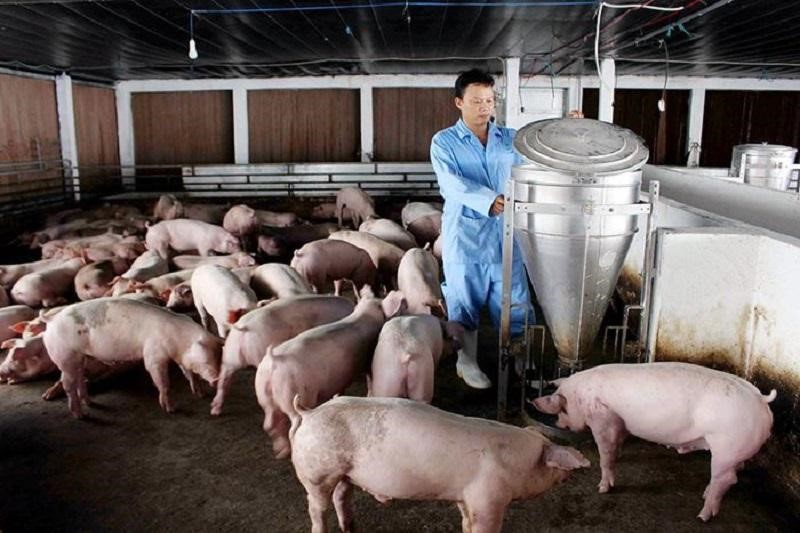
Need reasonable support policies
In Vietnam, greenhouse gas reduction measures are currently of interest to government agencies, the media and producers, but mainly in livestock farming, waste management and treatment, and food processing, without much attention being paid to feed nutrition solutions - the input factor in the livestock farming process.
According to Dr. Ninh Thi Len, agencies and organizations need to increase propaganda so that animal feed producers understand their responsibilities and rights in reducing greenhouse gases in the production of pig feed in particular and livestock farming in general. Develop standard methods to measure greenhouse gas emissions suitable for each type of production to serve as a tool to determine the actual amount of emissions. The State has support policies to encourage the application of solutions to reduce greenhouse gas emissions for pioneering units.
Because this is a new issue and the domestic livestock sector is facing difficulties, it is recommended that the State should not include the livestock sector in the list of sectors that must inventory greenhouse gases. In the immediate future, from now until 2030, only the form of encouragement should be applied to livestock facilities to voluntarily carry out inventory and control of emissions in livestock farming" - Dr. Le Xuan Duong suggested.
To reduce emissions in livestock farming, Chairman of the Vietnam Livestock Association Nguyen Xuan Duong suggested: waste treatment and greenhouse gas control in livestock farming is an important issue that directly affects the community's interests and combats global climate change, and needs to be proactively and voluntarily implemented by businesses and livestock farmers. Along with that, waste treatment and greenhouse gas control in livestock farming requires appropriate technology and high costs. It is necessary for the State to have policies to support land for concentrated livestock farming, raise awareness, disseminate appropriate technology for all types of livestock farming and have preferential credit for livestock farmers to borrow to invest in applying appropriate and effective technology.
During this time, the State needs to strengthen propaganda activities, train technical staff, improve technologies and policies to improve management capacity and apply technologies in waste treatment, inventory and control of greenhouse gases in livestock farming, ensuring that when the State puts livestock farms on the list of greenhouse gas inventories, all factors are prepared.
Source: https://kinhtedothi.vn/giai-bai-toan-phat-thai-nha-kinh-trong-chan-nuoi-lon.html






![[Photo] General Secretary To Lam and National Assembly Chairman Tran Thanh Man attend the 80th Anniversary of the Traditional Day of the Vietnamese Inspection Sector](https://vphoto.vietnam.vn/thumb/1200x675/vietnam/resource/IMAGE/2025/11/17/1763356362984_a2-bnd-7940-3561-jpg.webp)

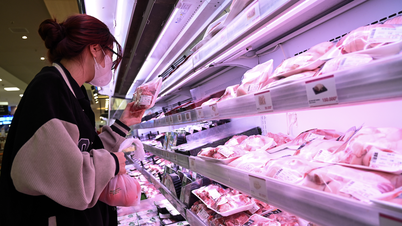

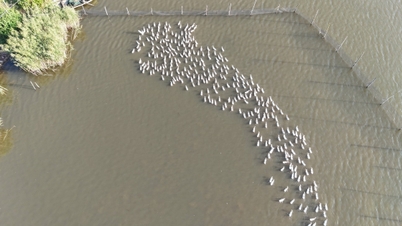

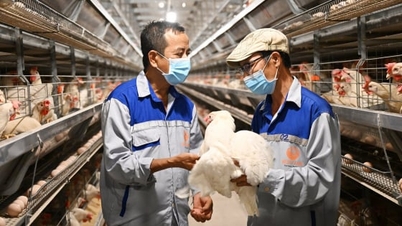
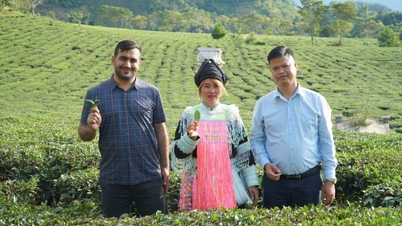
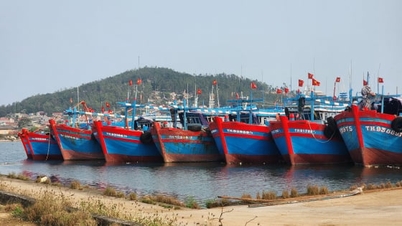
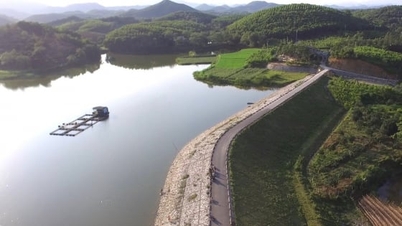
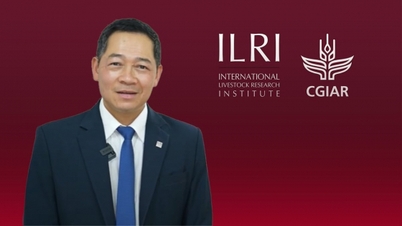




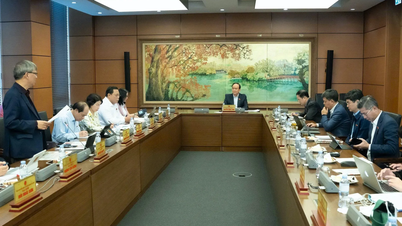

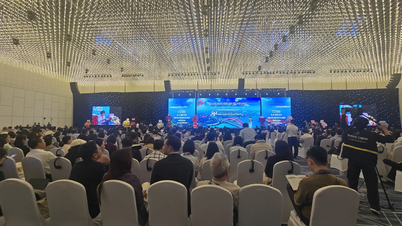
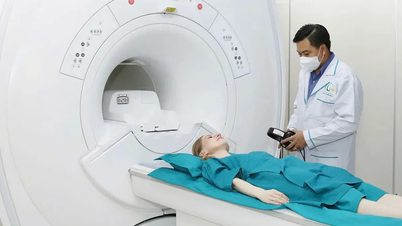
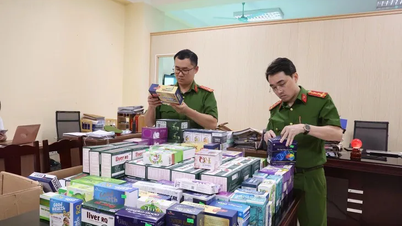
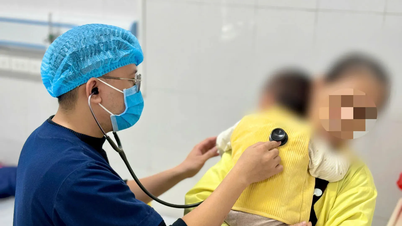
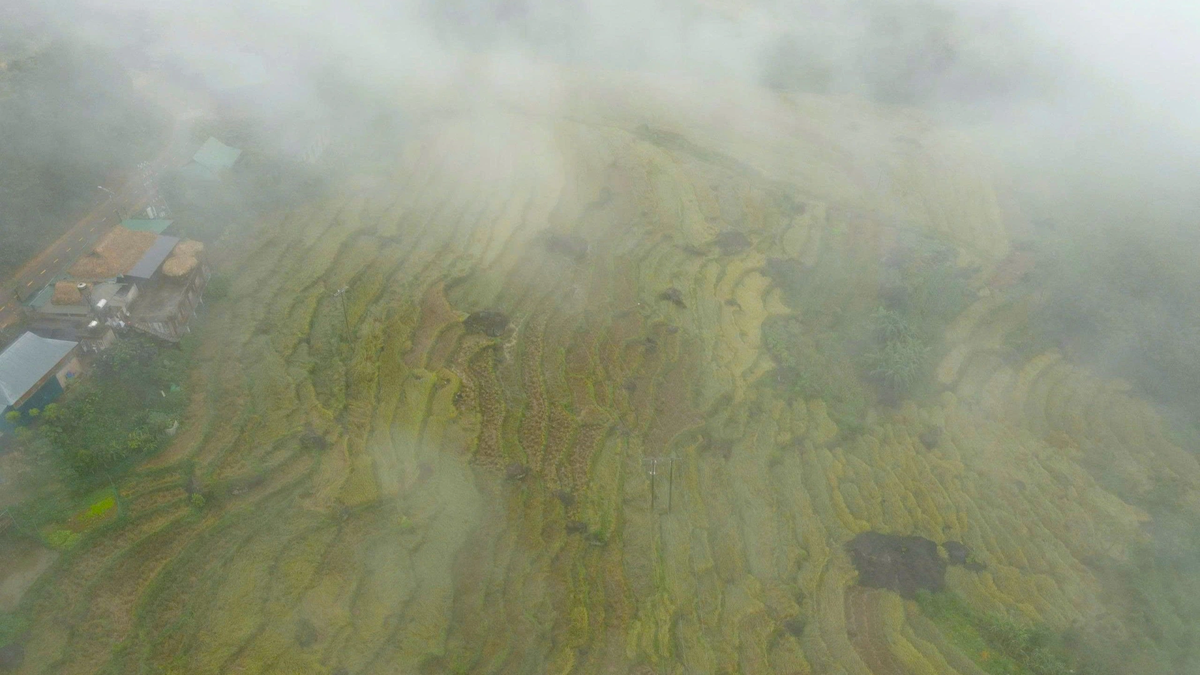














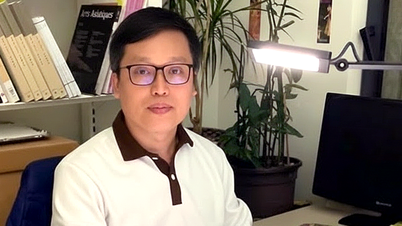



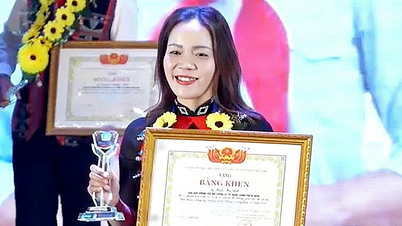




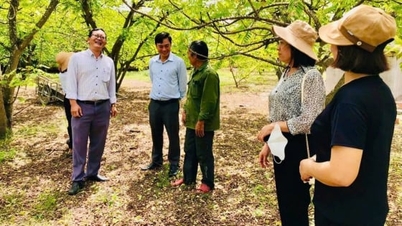
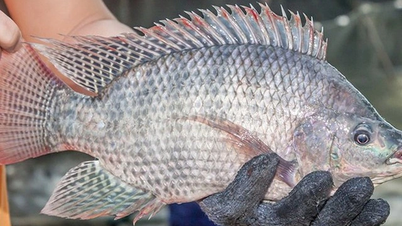


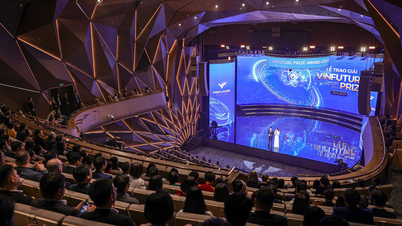
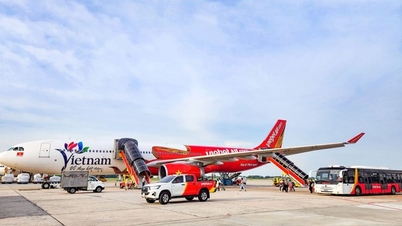

















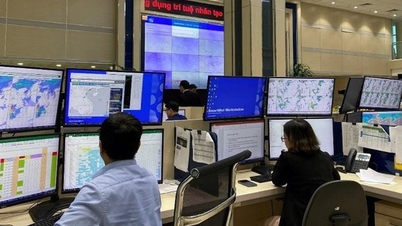




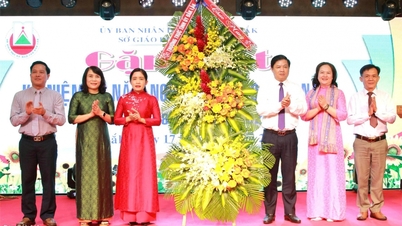


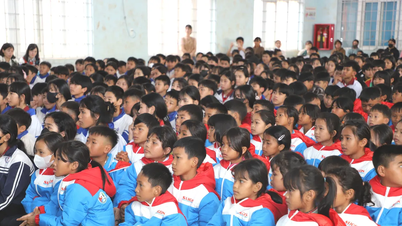

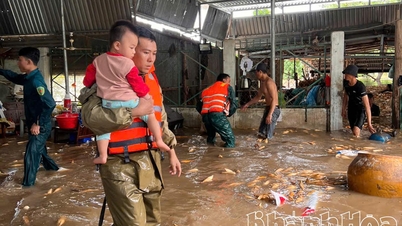

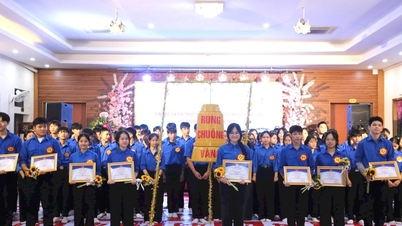

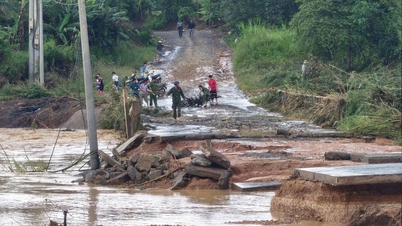
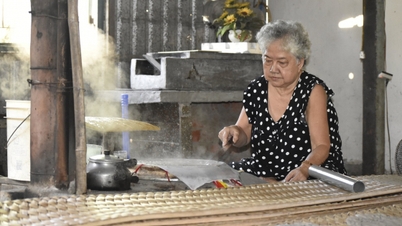












Comment (0)